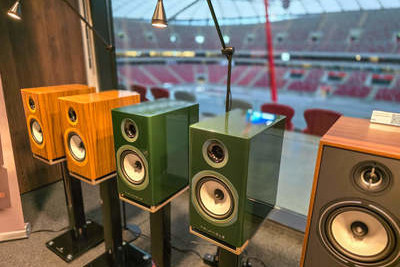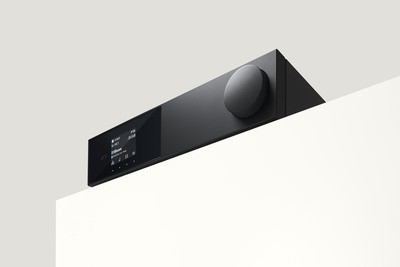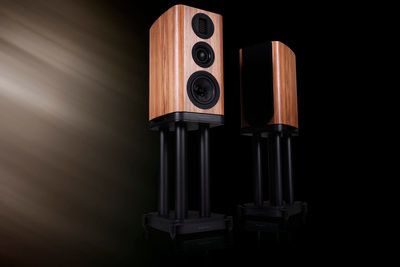It appears that over the past couple of years Class D technology has made a few leaps that wedged it into a position from where it could seriously undermine the existence of conventional amplifier circuits. In my own setup, only single-ended, non-feedback amps (with tubes, J-FETs or whatever) would be able to step up to the same level of dynamic and timbral contrasts, the “body” and expression of voices and instruments in the middle ranges, and the reproduction of “small” signals that really bring a recording to life. But those amps would have a lot of difficulty convincing the loudspeakers connected to it to dance to its tunes –at the ends of the frequency spectrum you would have to give in.
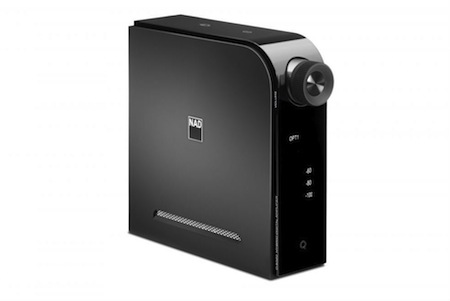
Does this mean that we should simply disregard all high-end amps from now on, and put D 3020s in their place to steer sounds to any top range set of loudspeakers? Nah, that would cut a few corners too many. The Avantgardes with their high efficiency, simple crossovers (only a second-order filter for high frequencies, that’s it), and active bass modules, obviously form an exceptional pair with the D 3020. Reportedly, the D 3020 is adequately equipped to work with – let’s say – a pair of Dali loudspeakers from the Epicon series, but then the audible differences when compared to an M2 (same brand, ten times the price) are clear-cut. But still…
In my setup, the D 3020 showed a thing or two that was thought impossible for a 500 dollar piece of equipment. It performed way above the average level associated with its price range. It makes you wonder what more possible combinations are left open for this little amp, what other setups would allow it to make optimal use of the ingeniously simple and direct technical layout of the device. Maybe a pair of good wide-rangers, or derivative designs (e.g. Zu Audio), could do some good. Or perhaps a fast two-way system, with minimal but well-designed cross-overs. But the Dali Ikons, who fall in none of the aforementioned categories, rose above themselves in some respects when supplied with input from the D 3020.
The D 3020 and its brothers in Munich, High End 2013
Obviously, the rather common combination of Dali with NAD is not exactly an “startling discovery”, but in this price range I never experienced a musical performance of the two together at these levels, which leads to believe that further experiments could really pay off. Don’t just assume that a pair of 300 dollar speakers bring out the best in the D 3020. You might falsely conclude that the next phase in your setup should then be to replace your amp. Instead, try to do it the other way around, and acquire those second-hand speakers you always dreamed of having, but were financially out of reach. You may well be pleasantly surprised. Just like its illustrious predecessor, this lovely, small, almost lifestyle-like NAD-device has the potential to do away with a lot of widely accepted hi-fi laws. I’m really looking forward to see how the D 3020 is going to do in the market...
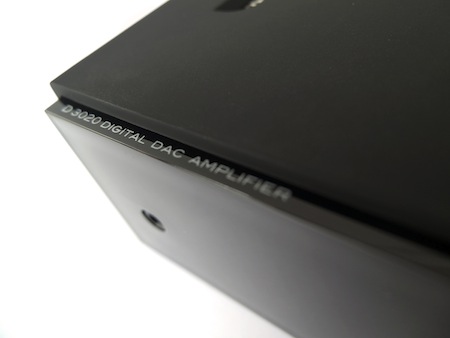
HiFi.nl Pro’s & Con’s:
+ Compact, fits anywhere design
+ Wireless Bluetooth streaming
+ Coaxial, optical, and USB inputs
+ Handles a wide variety of speakers, including “difficult” models
+ Musical qualities that far exceed its price!
- Only one analogue input (but what can you expect in this price range?)
- Operation (touch sensitive surfaces, volume control) takes some getting used to (but the remote, on the other hand, is easy to use)

